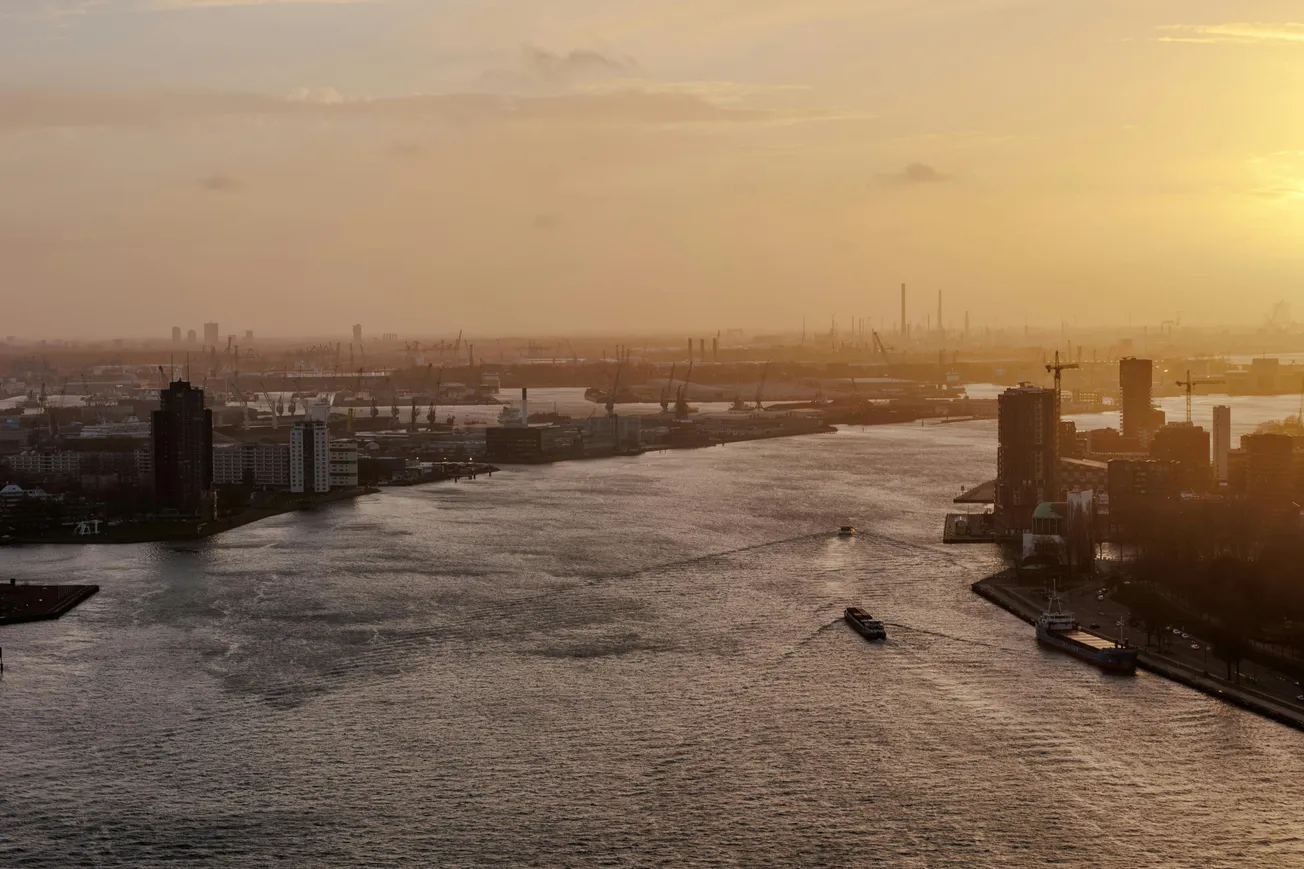The Port of New York and New Jersey faces a lot of big issues, from global politics to local problems and even a pandemic. But this port has found a way to keep things moving. It turns out that being resilient, talking to each other and working together are the keys to success.
When Stephanie Dominguez started, the port was dealing with a lot at once. Instead of getting overwhelmed, everyone at the port, including partners and even other companies that usually compete, pulled together.
They focused on keeping goods flowing and serving the community. For them, resilience isn't just a word; it's how they operate.
Facing Down Challenges
The big problems the port deals with, like political issues around the world, aren't just happening here. They affect ports everywhere. That's why clear communication with everyone involved is so important.
The port has shown it's tough, especially when Dominguez joined and faced a tough situation. Then came the pandemic, adding another layer of difficulty.
Despite these events, the port managed to keep going. What's interesting is how they work with others, even competitors. They understand there's a bigger reason for what they do: to serve the market, whether it's for people nearby, across the country or in other regions.
- Resilience is a Strategy: The Port of New York and New Jersey actively plans to be strong for the future, especially when things are uncertain.
- Collaboration is Key: Working together, even with competitors, helps overcome difficulties and achieve a common goal.
- Communication Matters: Keeping everyone informed and talking at all levels of the supply chain is vital for smooth operations.
This approach shows that by sticking together and communicating well, even the busiest ports can handle major disruptions and continue to be important for trade.










